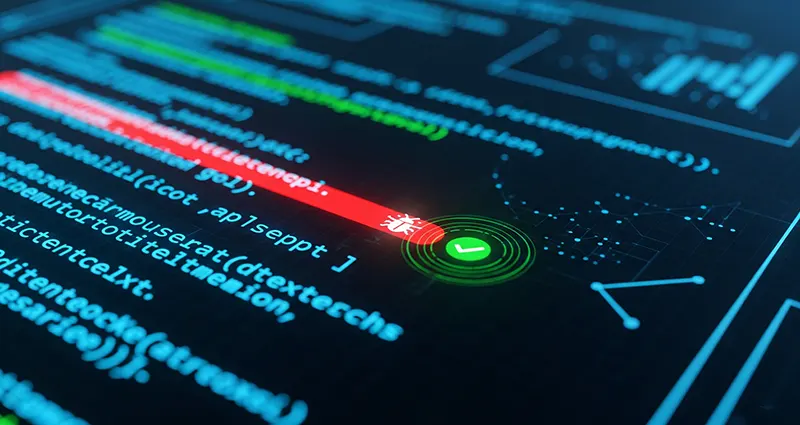In the rapidly evolving world of software development, ensuring code quality and reliability is paramount. Traditional methods of bug detection and testing can be time-consuming and error-prone. Leveraging Artificial Intelligence (AI) can revolutionize this process by automating bug detection and code testing, improving both efficiency and accuracy. This article explores **how to use AI for automated bug detection and code testing** effectively.
Understanding AI in Bug Detection and Code Testing
AI uses machine learning algorithms, natural language processing, and pattern recognition to analyze codebases and detect anomalies, bugs, and vulnerabilities. Automated testing frameworks enhanced with AI can generate test cases, prioritize them, and even predict high-risk areas in code, minimizing human intervention.
Benefits of Using AI in Bug Detection and Testing
- Increased Speed: AI tools can analyze vast codebases swiftly, identifying bugs faster than manual reviews.
- Improved Accuracy: Machine learning models learn from past bugs to detect subtle issues that humans might overlook.
- Continuous Testing: AI supports continuous integration and continuous deployment (CI/CD) by automating tests at every stage.
- Cost Efficiency: Reduces the time developers spend on debugging and regression testing, lowering development costs.
How to Use AI for Automated Bug Detection
1. Choose the Right AI-Powered Tools
- Static Code Analysis Tools: Use AI-driven static analyzers like DeepCode or CodeGuru that scan code without execution to find potential bugs and vulnerabilities.
- Dynamic Analysis Tools: Tools that analyze running applications to detect runtime errors and performance issues.
- Code Review Automation: Platforms that assist in code review by flagging problematic code patterns.
2. Train AI Models on Your Codebase
- Collect historical bug data and test results to train machine learning algorithms.
- Use labeled datasets to enhance model accuracy specific to your development environment and coding standards.
3. Integrate AI Tools into Your Development Workflow
- Embed AI-driven bug detection tools into your CI/CD pipelines for continuous feedback.
- Set up automated alerts and dashboards to monitor detected bugs and quality metrics.
4. Use AI to Generate and Prioritize Test Cases
- Automate test case creation based on code changes and usage patterns.
- Employ AI to prioritize test cases that target high-risk or critical code areas, optimizing test execution time.
How to Use AI for Automated Code Testing
1. Automated Unit and Integration Testing
- Utilize AI to generate unit tests covering edge cases and unusual inputs that manual testing might miss.
- AI-driven frameworks like Testim or Functionize enable codeless test automation with adaptive learning capabilities.
2. Regression Testing Automation
- Apply AI to detect code changes affecting system behavior and trigger targeted regression tests.
- AI helps maintain test suites by removing flaky or obsolete tests to ensure test reliability.
3. Performance and Security Testing
- Use AI to simulate various load conditions and analyze performance bottlenecks automatically.
- AI algorithms identify potential security vulnerabilities and suggest remediation before deployment.
Best Practices for Implementing AI in Bug Detection and Testing
- Start Small: Begin with pilot projects to evaluate AI tool effectiveness on real code.
- Human Oversight: Combine AI analysis with expert developer reviews to validate findings.
- Regular Model Updates: Continuously retrain AI models with new bug data to improve accuracy.
- Clear Metrics: Define success metrics such as bug detection rate and test coverage.
- Integration: Ensure AI tools seamlessly work with existing development and project management tools.
Challenges to Consider
- False Positives: AI tools may flag non-issues, requiring tuning to reduce noise.
- Complex Codebases: Highly complex or legacy code might challenge AI accuracy.
- Data Privacy: Ensure source code and sensitive data used for AI training are securely handled.
Understanding “how to use AI for automated bug detection and code testing” empowers development teams to build more reliable software faster. By integrating AI-driven tools into development workflows, teams can detect bugs early, optimize testing processes, and focus on delivering higher-quality products. While AI is not a replacement for human expertise, it serves as a powerful assistant that enhances the overall software quality assurance process.









